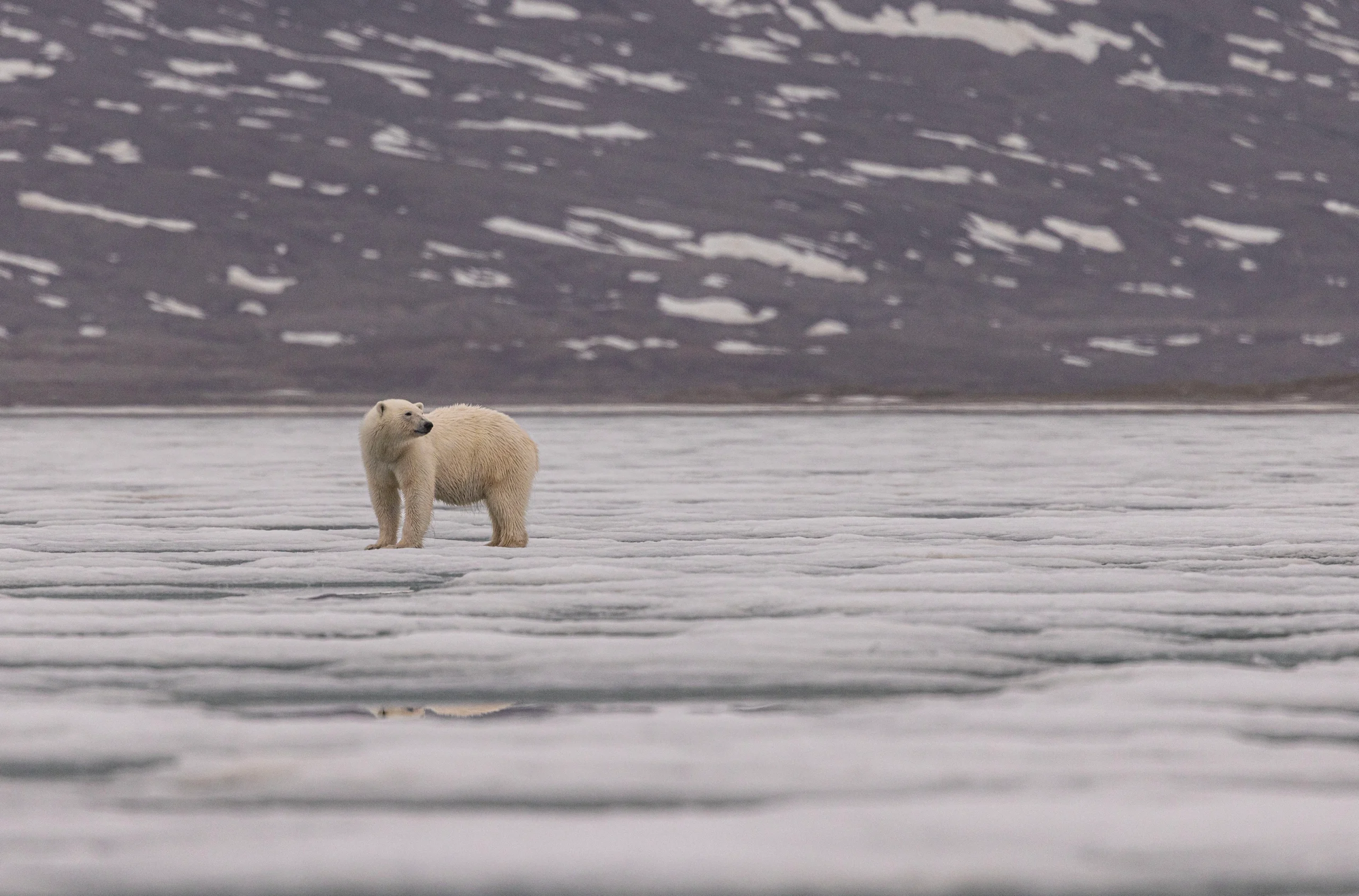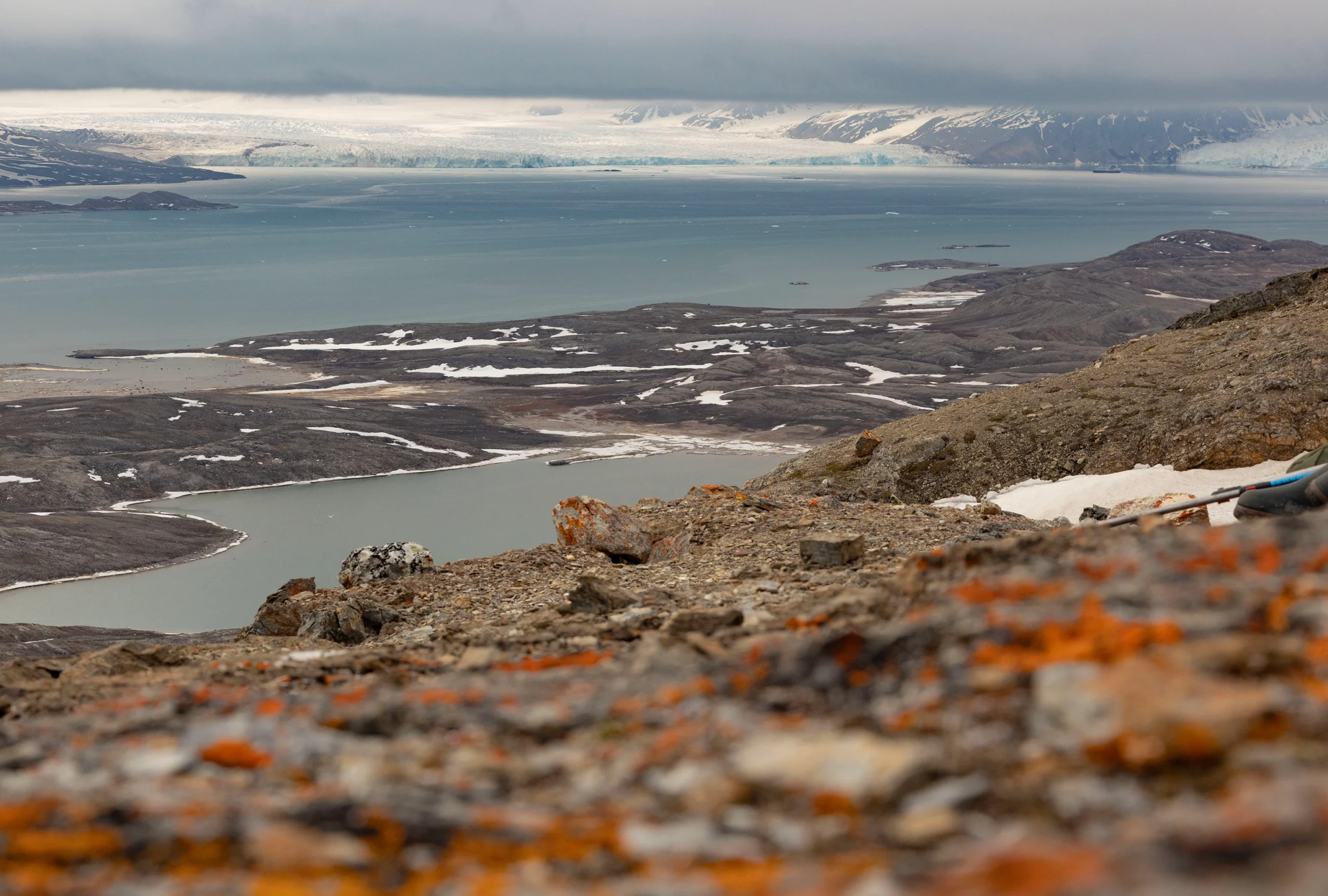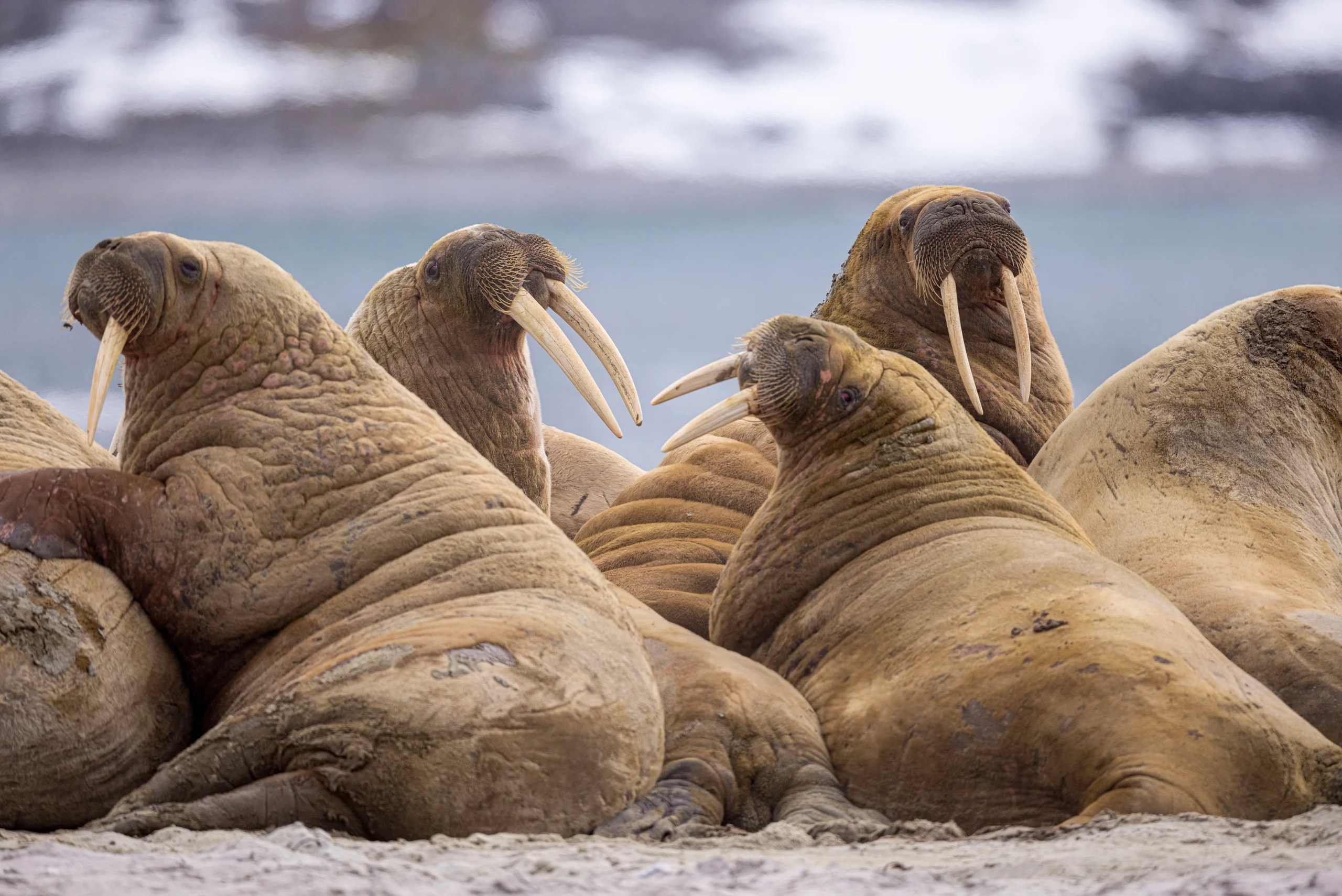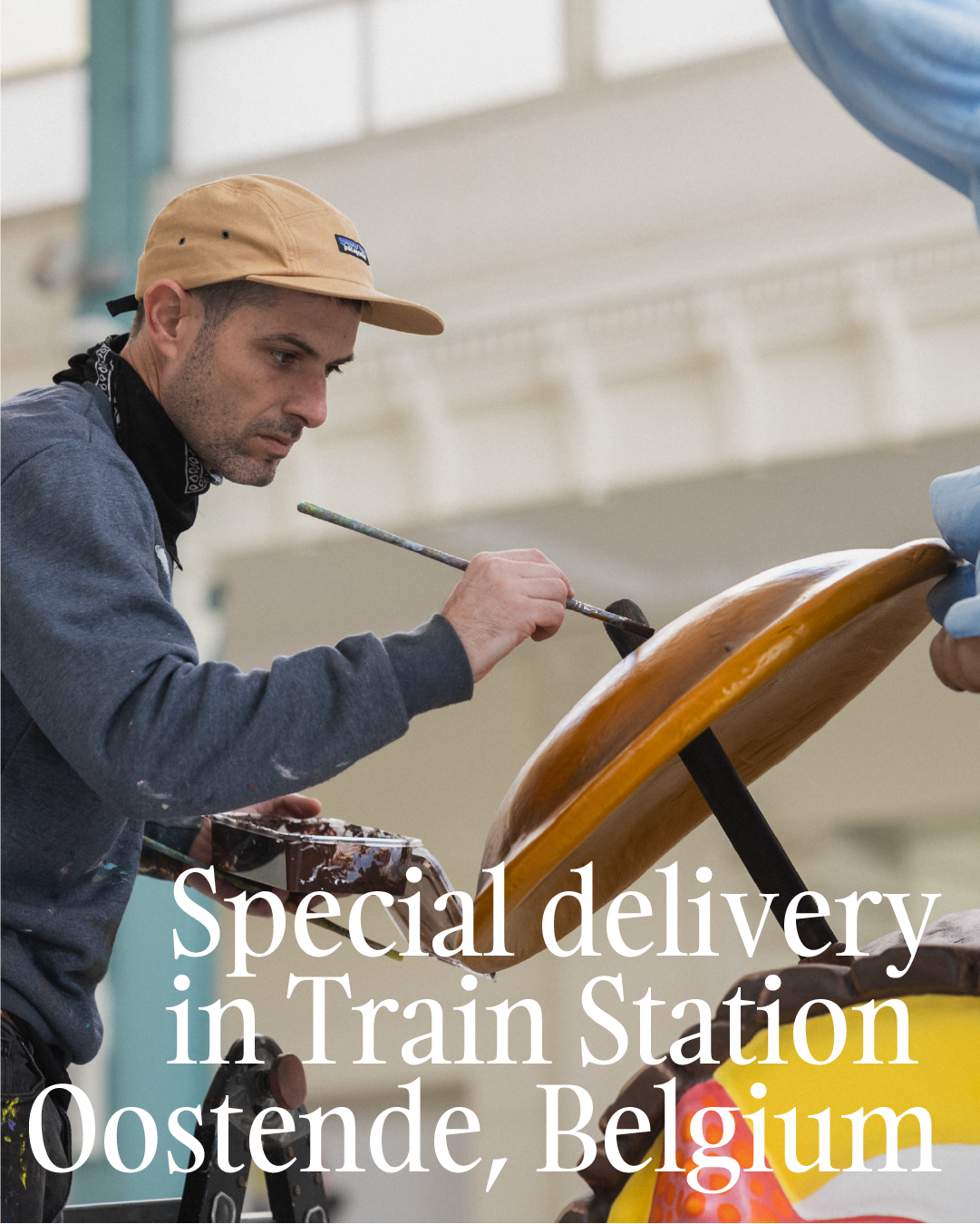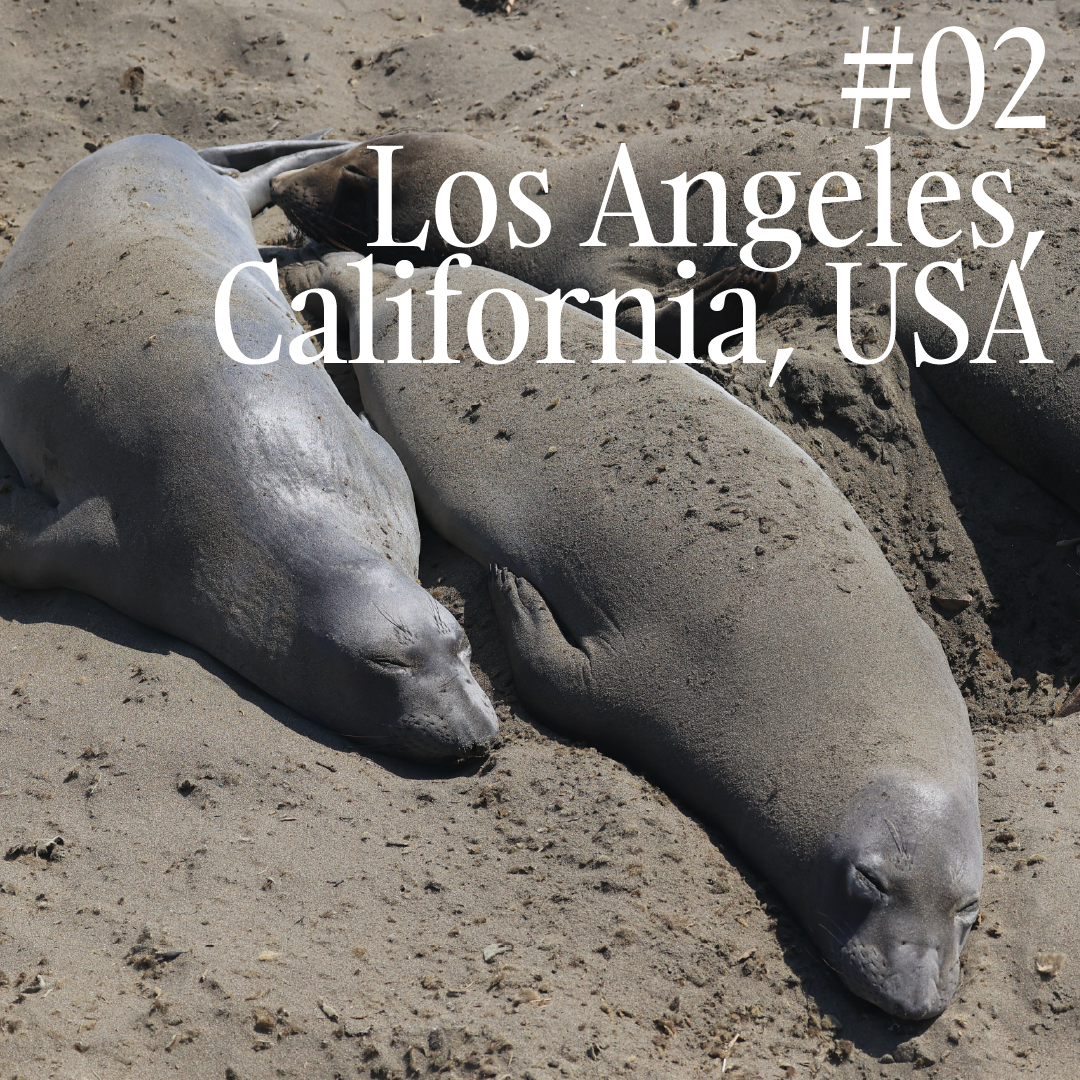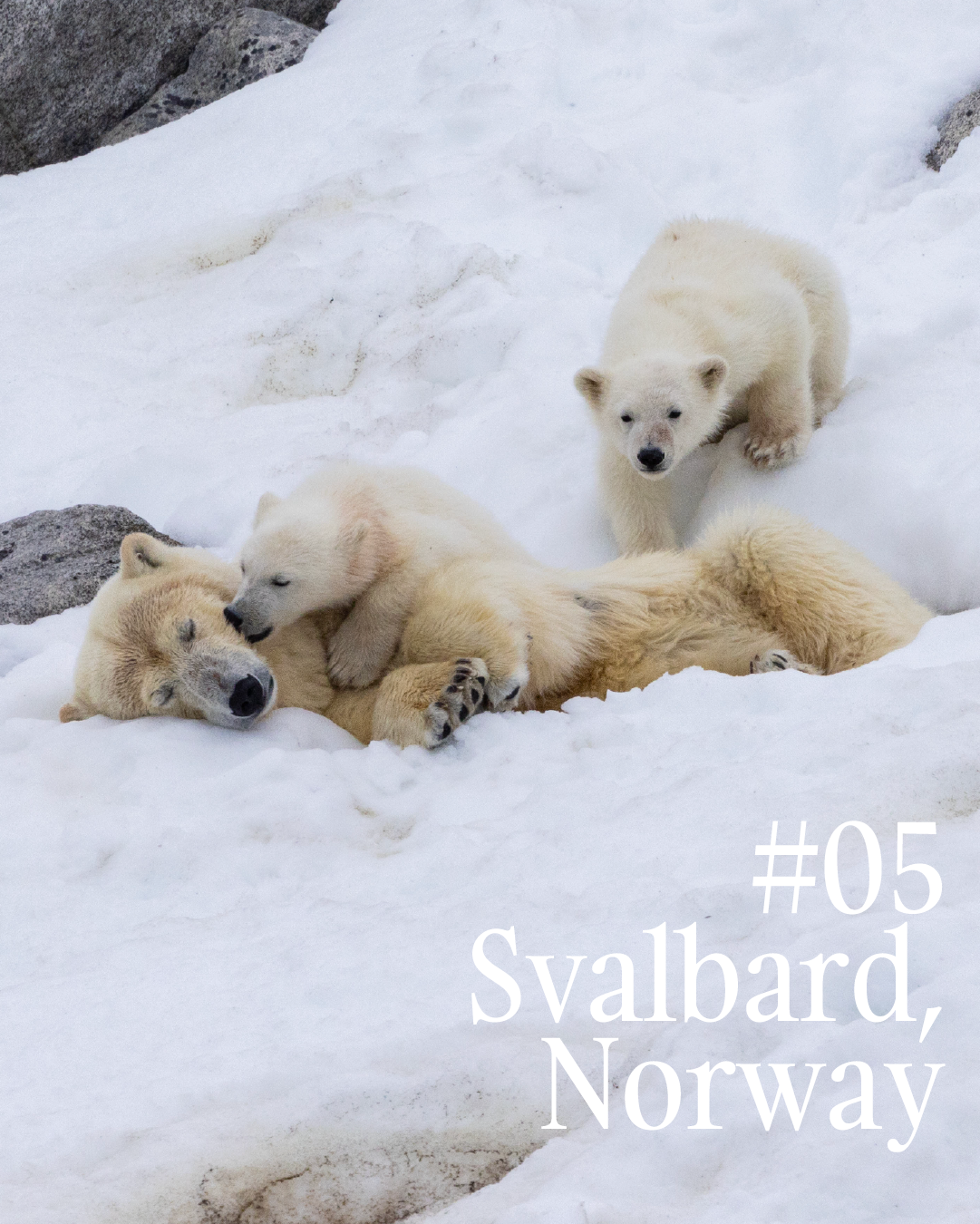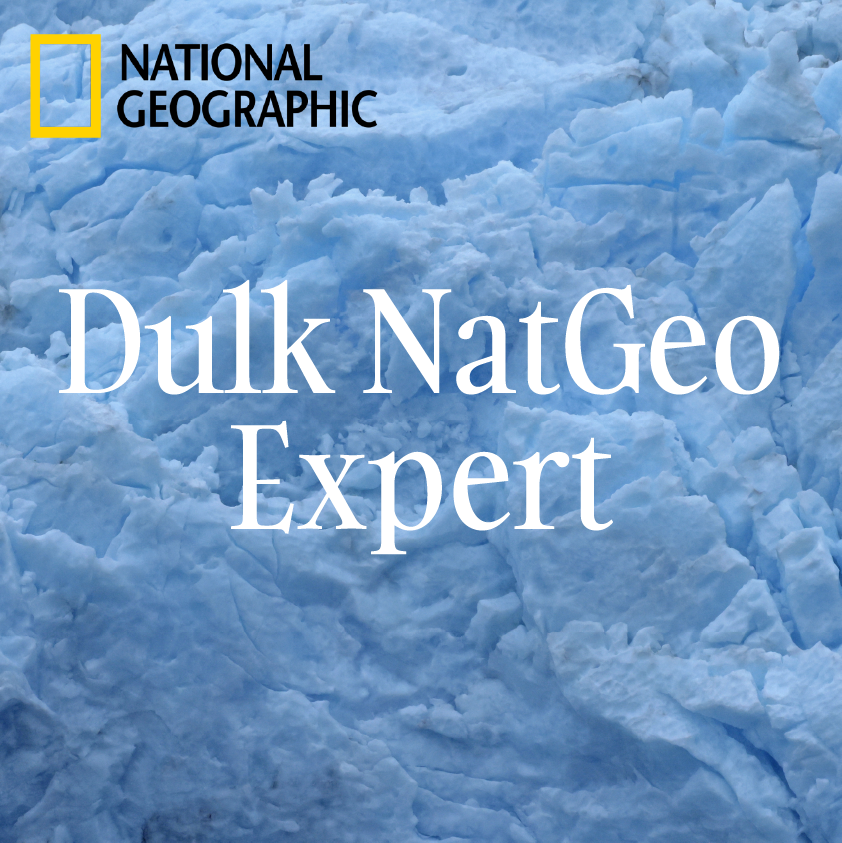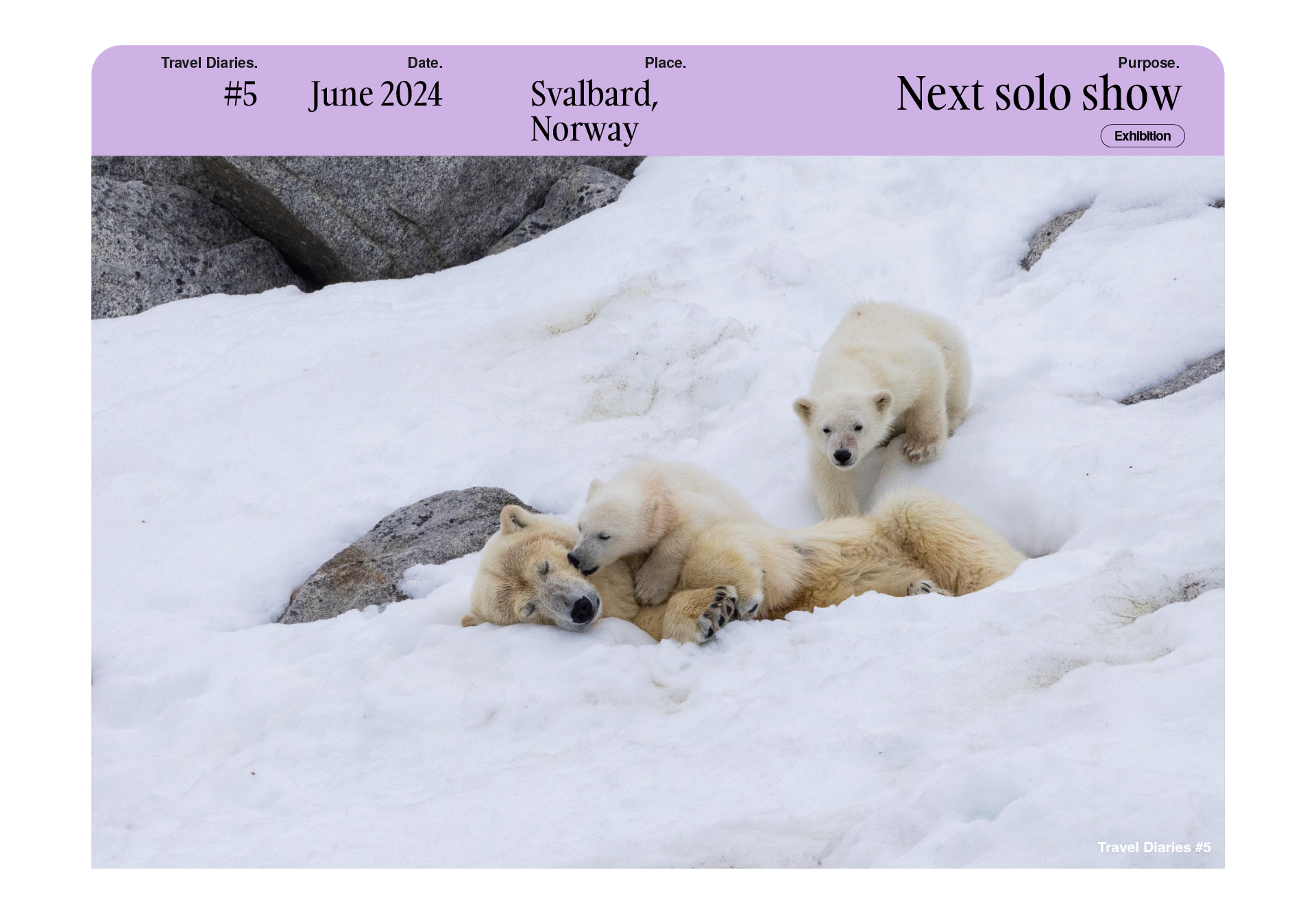

Road to the Arctic: why Svalbard?
I have always been curious about arctic wildlife, and when I found out that next year the regulations for viewing polar bears were going to change and polar bears could no longer be seen from such close proximity, I decided that this had to be my next trip.
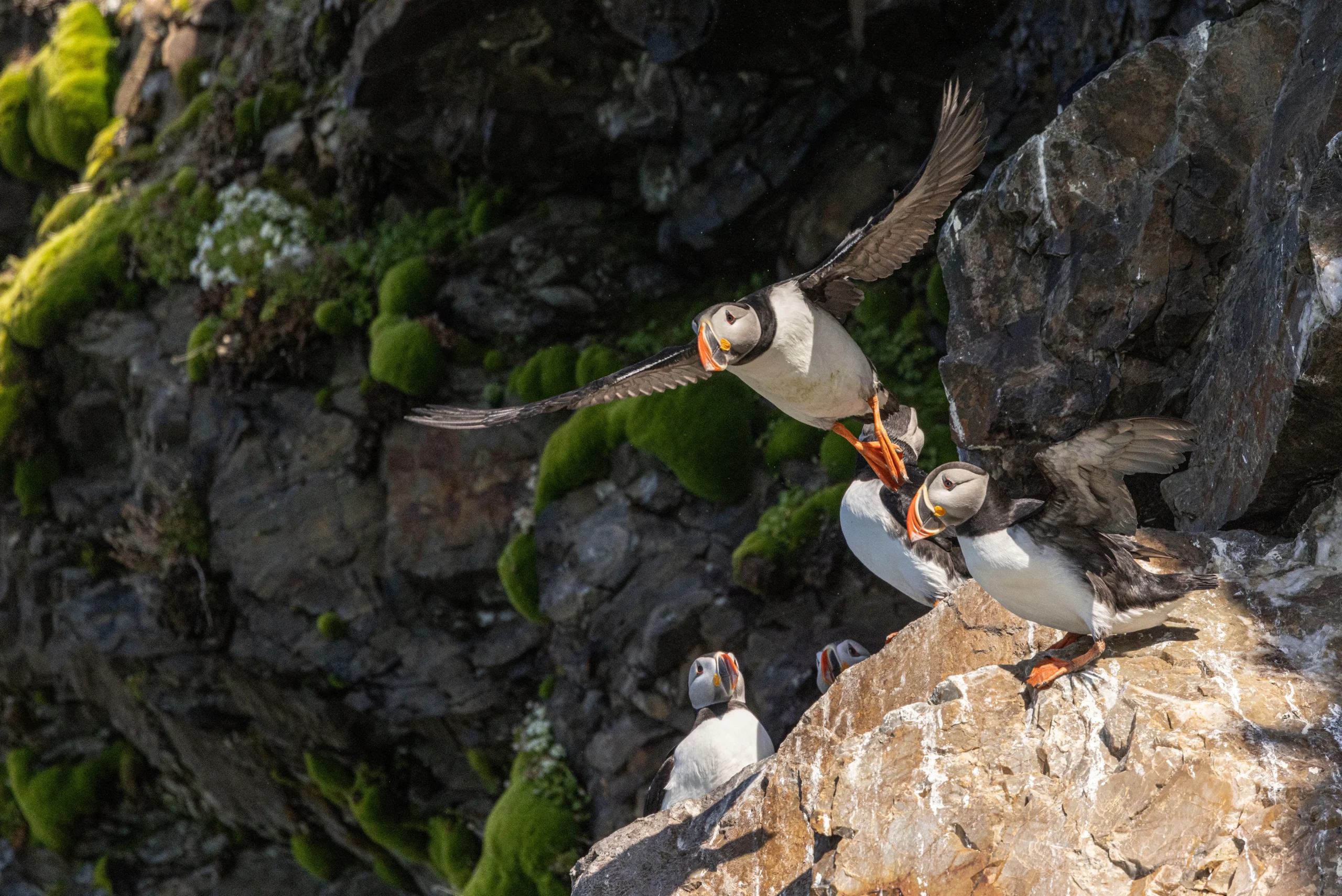
The goal of the trip was, of course, to encounter polar bears, but also to learn about the most endangered ecosystem in the world, the Arctic Ocean. I decided that the next exhibition would be based on its wildlife, and getting to know it first hand is very important in my methodology.

The Svalbard Archipelago is an archipelago located in the Arctic Glacial Sea, north of the European continent, which is part of the Kingdom of Norway. It consists of a group of islands that form the northernmost part of Norway. Only three of them are inhabited: Spitsbergen, Bear Island and Hopen. The largest settlement is Longyearbyen.



The Svalbard Islands are home to iconic Arctic species such as beluga whales, polar bears and walrus.


As in large parts of the Arctic, due to substantial melting of ice caused by global warming, ice surfaces are transformed into open water, whose darker surface absorbs more solar energy instead of reflecting it. As a result, these waters warm and the ice in the area melts faster and faster, creating more open water. In addition, global warming and the loss of ice surfaces significantly affect the routes polar bears take to reproduce and their hunting habits.

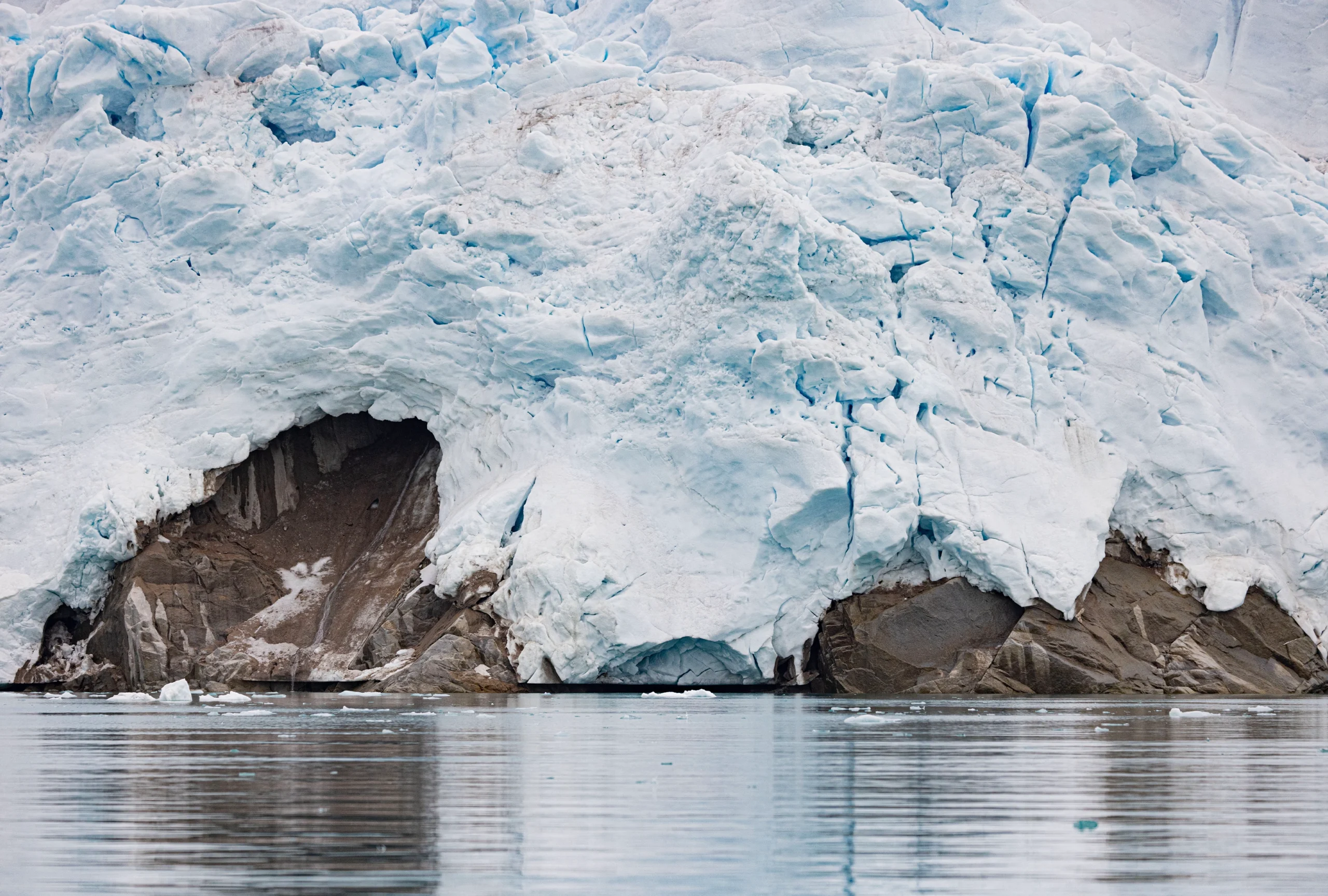
The first encounter we had with polar bears was a mother and two cubs devouring a walrus carcass. The guide called us so that no one would miss such a magical moment, and told us: this is something very unusual, don’t get used to it because it doesn’t usually happen!

The whole trip was incredible, however, on the last day nature gave us the last piece of the puzzle to make the trip magical: finding a polar bear on the ice. Until then, we hadn’t seen anyone, and although there are other places where you can see polar bears, the particularity of Svalbard is that it is one of the few places where you can see them on the ice. It was a mystical moment!

